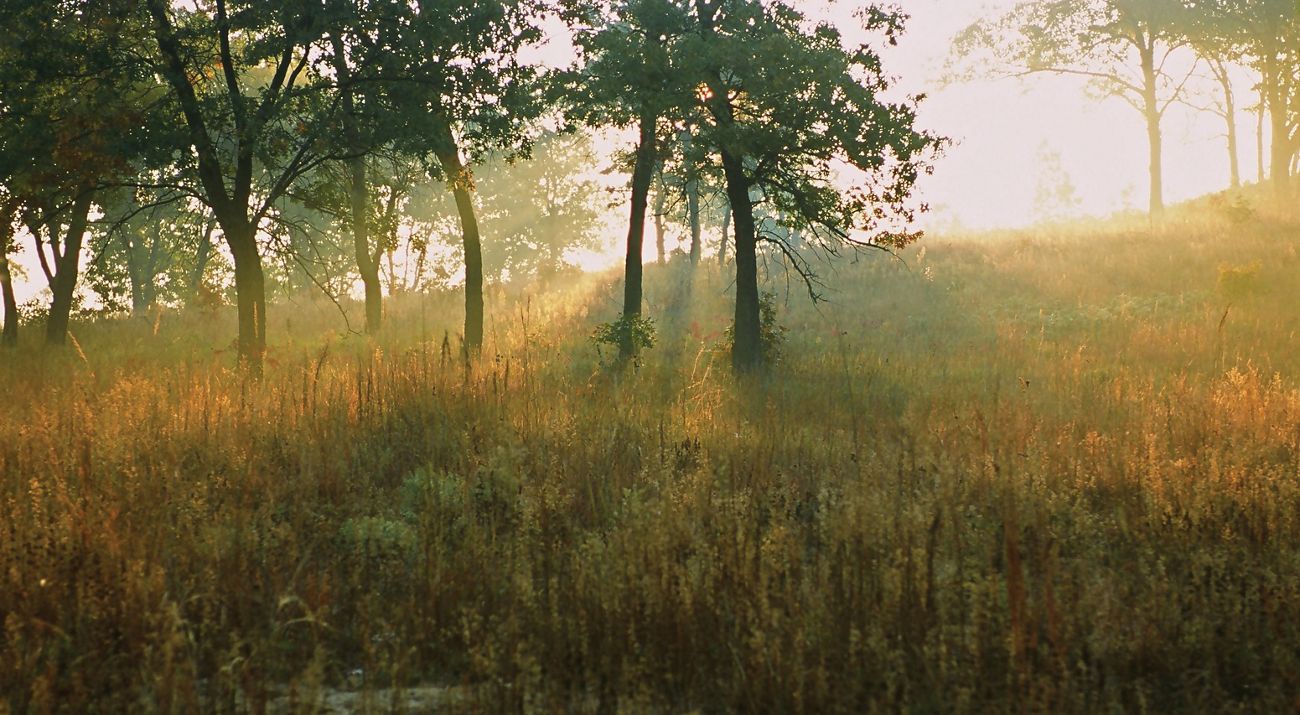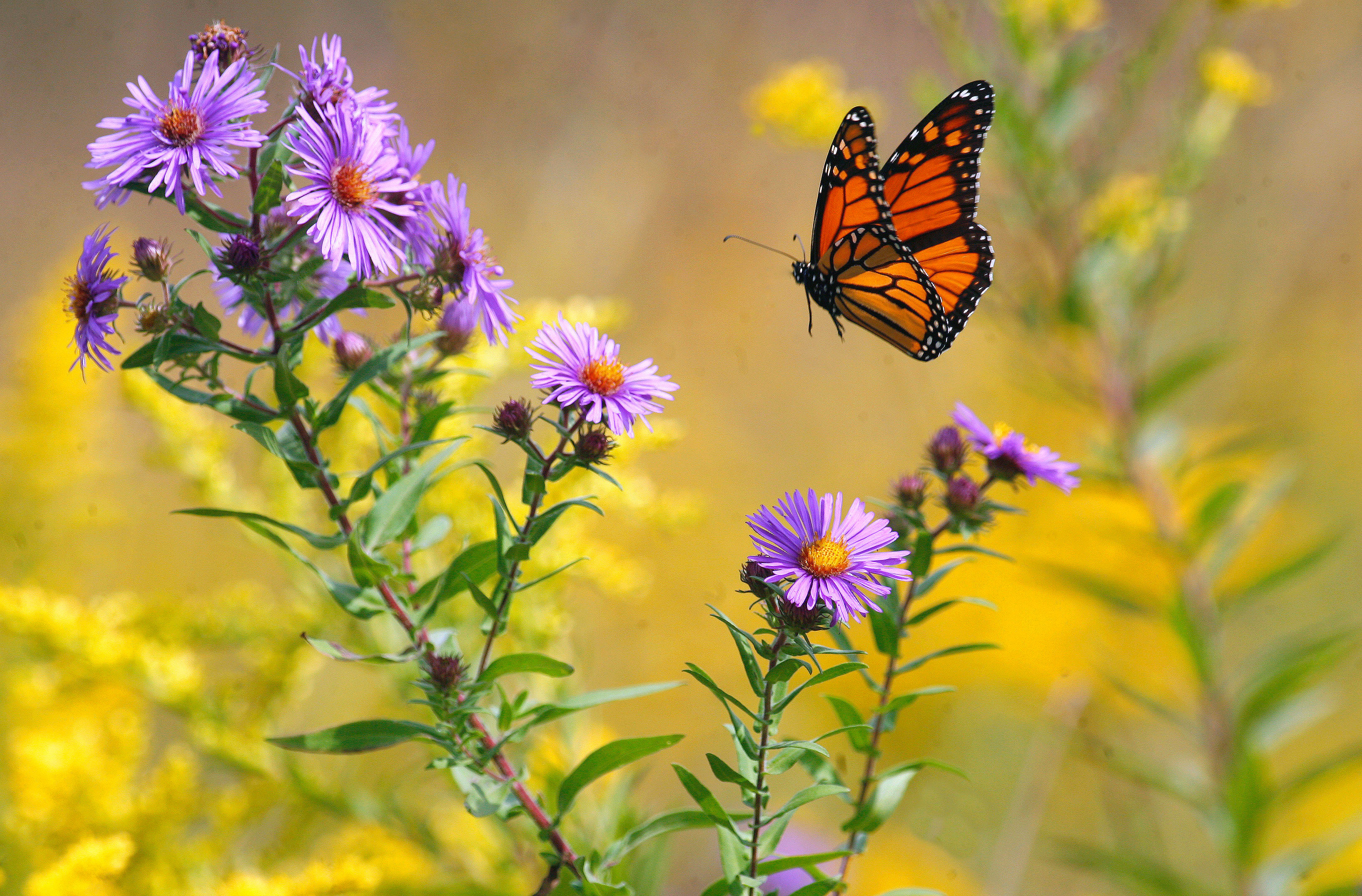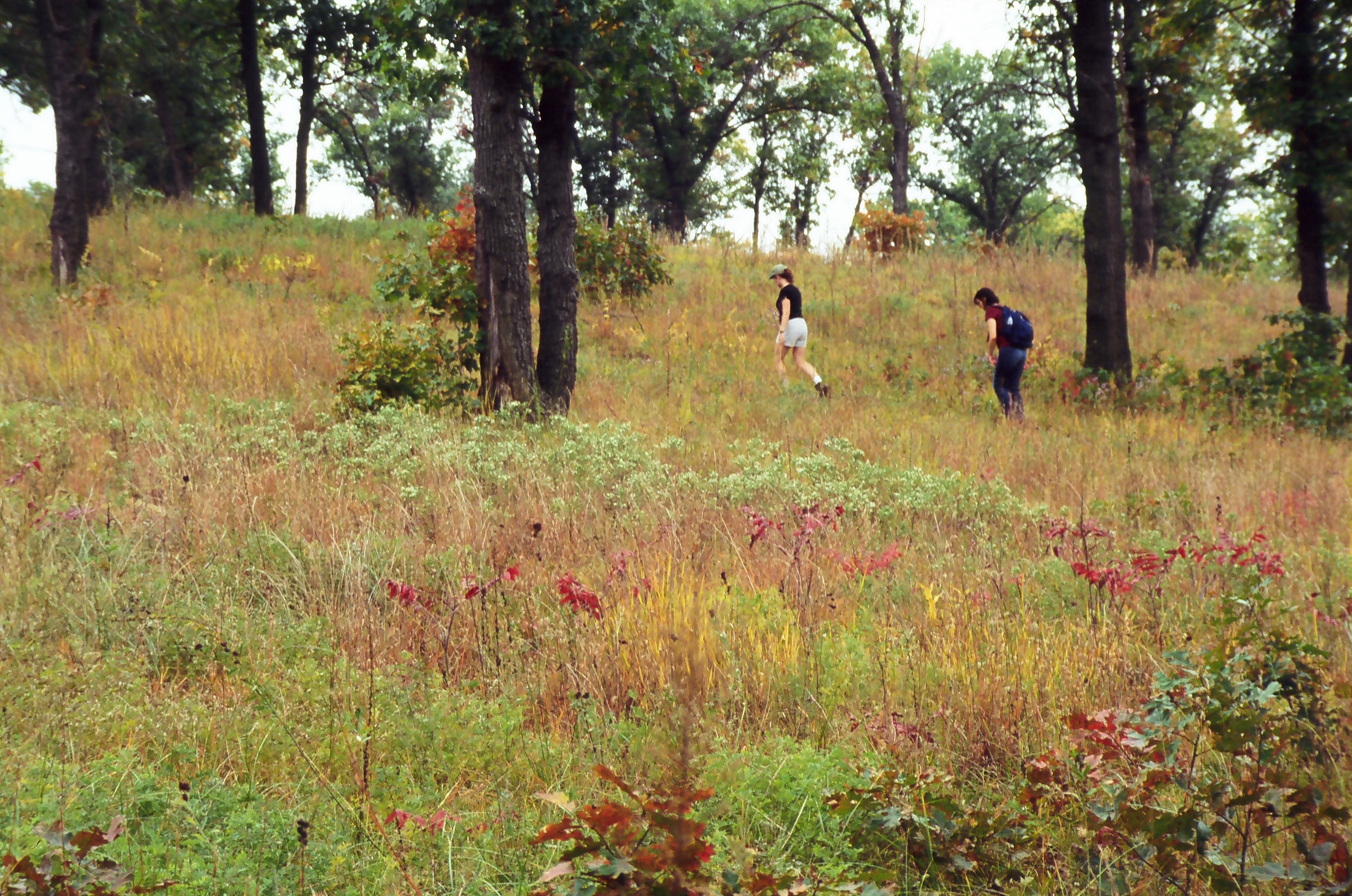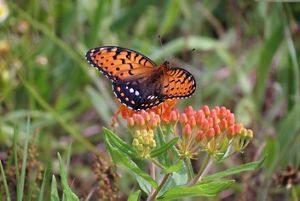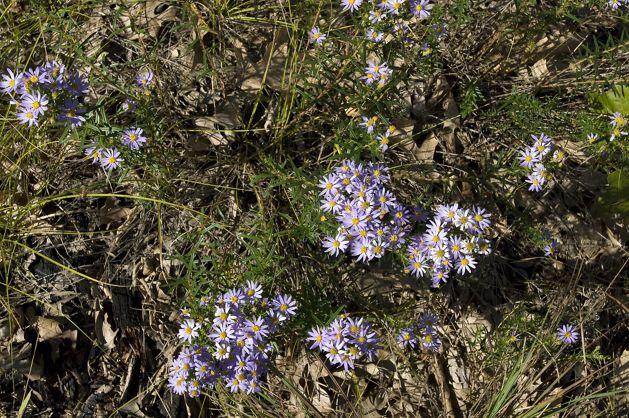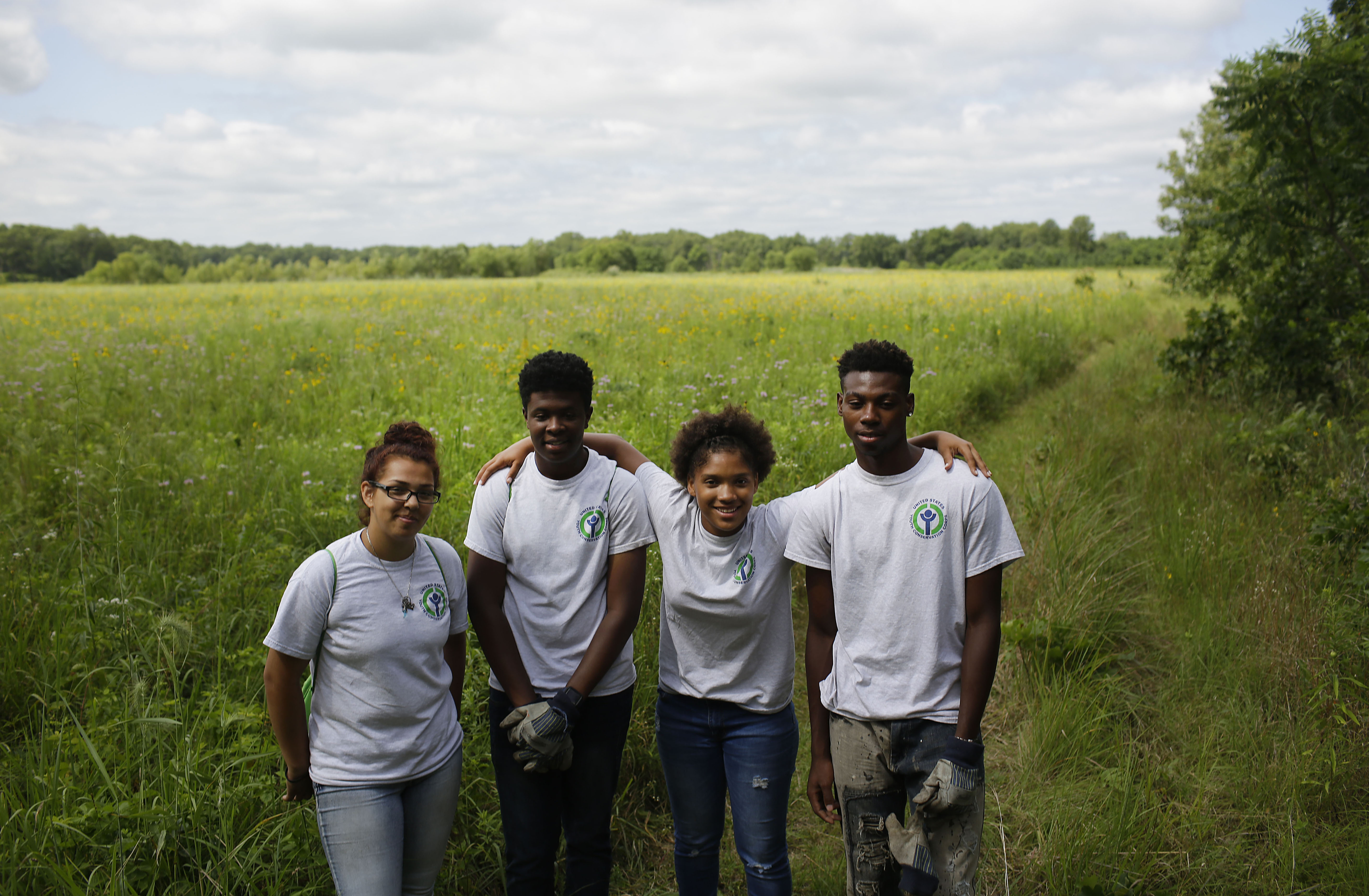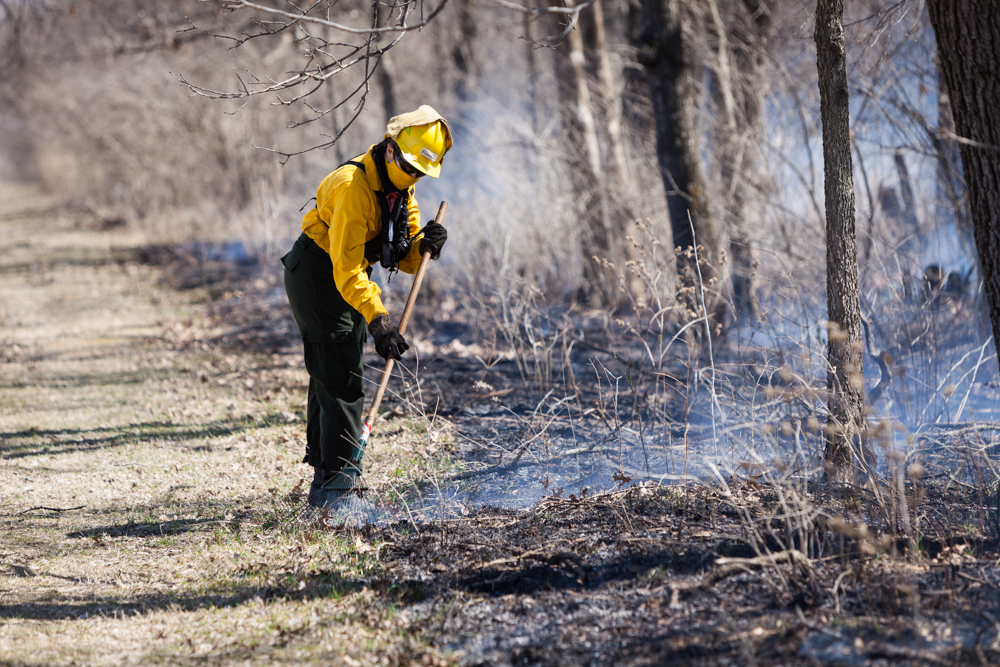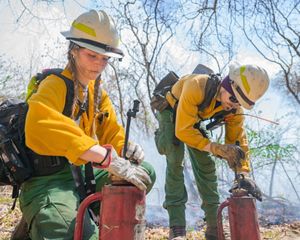Description
Few natural areas exist in Illinois or the Midwest that look essentially like they did 200 to 300 years ago. Kankakee Sands-Illinois is one such place. A visit to these TNC preserves is like stepping from a time machine into a birdsong-filled, tree-dotted grassland known as a savanna. You will find unspoiled sand dunes, prairie grasses and wildflowers that stretch as far as the eye can see.
This peaceful sanctuary is located in the ancestral lands of the Potawatomi—a member of the Council of the Three Fires with the Ojibwe and Odawa—along with other tribal nations. Most of the preserves are in Pembroke Township, which is one of the nation’s oldest Black rural townships. It was founded by Joseph “Pap” Tetter, who escaped enslavement in North Carolina and settled his family here in 1861.
